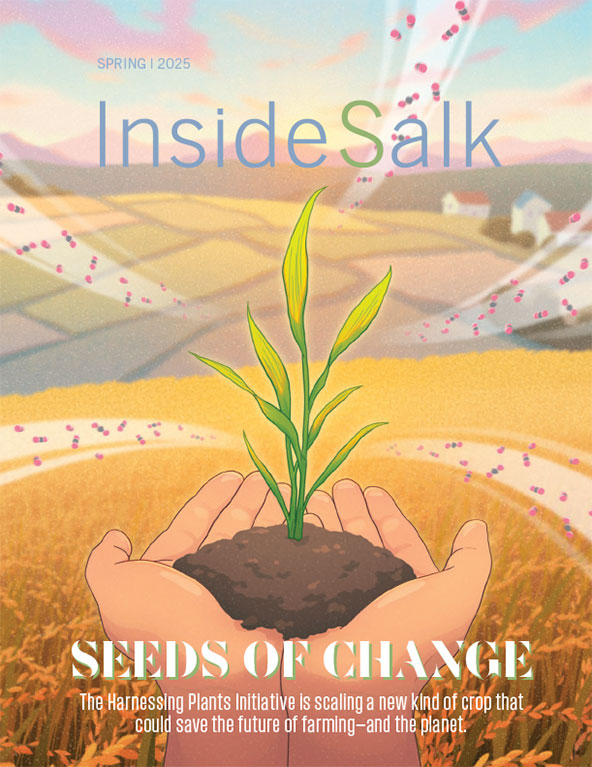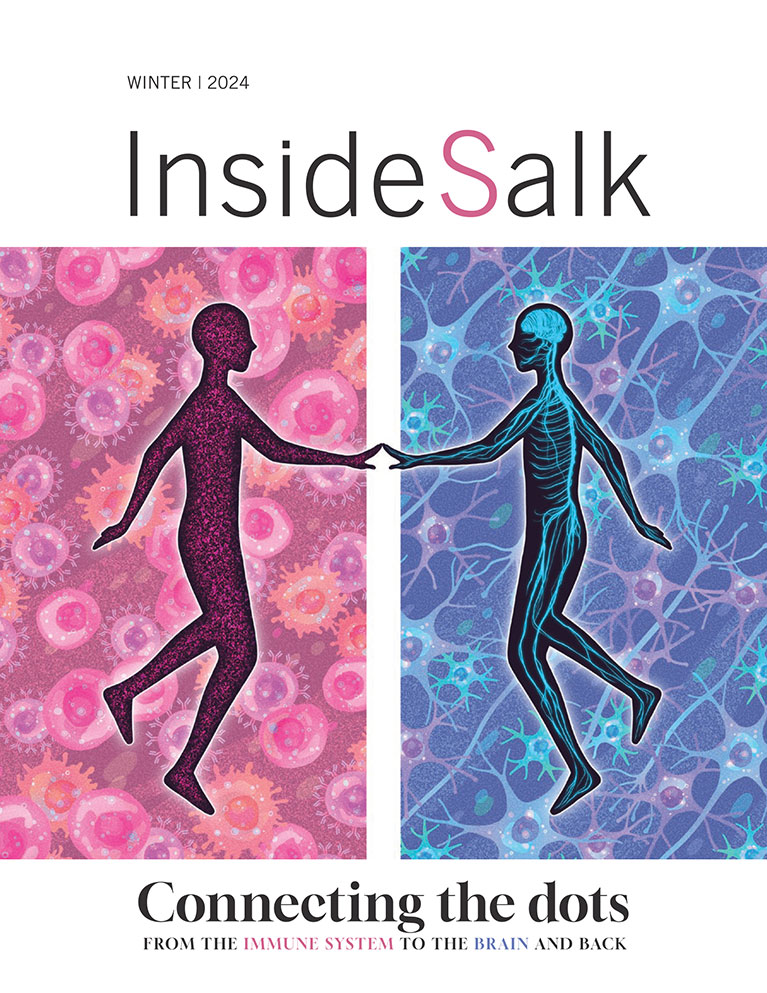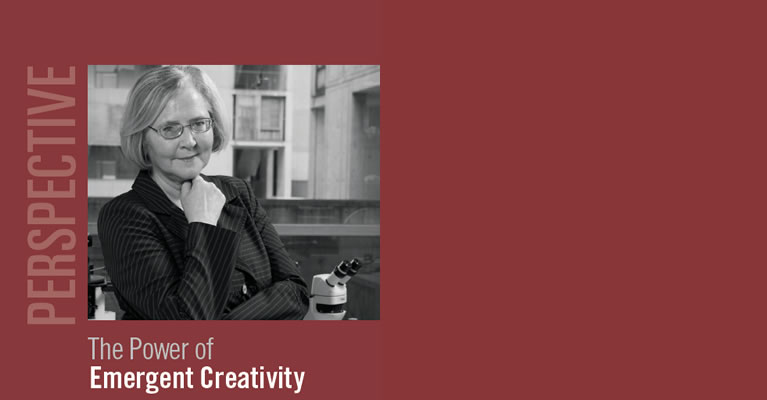When Jonas Salk began his polio vaccine work in a cramped, underequipped basement lab in Pittsburgh, he faced a daunting disease that terrorized the world. There were no guarantees he would find success, but the times demanded that he try.
In a world facing unprecedented challenges, such as how to augment human health and well-being, and global climate change, we must continue to prioritize both the root of courageous basic research and its blossom, scientific collaboration. Once again, the times demand it.
Every day, all around us, we see living examples of the advantages of basic research. In 2006, when UC Berkeley biochemist Jennifer Doudna met with a geobiologist colleague to offer ideas about the purpose of strange, repetitive DNA sequences in microbes called CRISPRs, the repeats’ function was still being determined. The following year, a new postdoc joined Doudna’s lab to study the CRISPR system and, while Doudna thought his work on CRISPR-associated genes (called Cas) would further scientific understanding, she didn’t have any expectations of where it would lead.
And so, today, we are in the midst of yet another biotechnology revolution. This one was catalyzed by the development of a DNA-cutting tool based on the CRISPR-Cas system, which we now know to be part of a microbe’s immune defenses. Many scientists are using the tool to edit DNA with greater precision than ever before. Among them are Helmsley-Salk Fellow Patrick Hsu, who develops CRISPR to be ever crisper, all the better to use it to reverse engineer cellular processes. One of Patrick’s goals is to uncover the mechanisms behind neurodegenerative diseases. And Salk Professor Juan Carlos Izpisua Belmonte recently made headlines when his lab re-engineered CRISPR’s molecular scissors to recognize and cut up HIV. Salk Professor and Cancer Center Director Reuben Shaw employs the tool to understand how knocking genes out of cells’ energy- regulating pathways impacts anti-cancer pathways.
The beauty of basic research is that we never know where it will lead. If we have the courage to face its risks, it can lead to great rewards. The therapeutic use of penicillin is the result of basic research. So is almost every medicine in clinical use.
Yet another compelling reason for why the CRISPR story has already become the stuff of legend is that it illustrates the power of basic research plus scientific collaboration to drive innovation. Initially, members of Doudna’s lab followed their curiosity and took a risk. Later, their work built on that of scientists who discovered CRISPR’s immune functions, and still others who identified a whole slew of related Cas genes. This snowballing and cross-pollination of knowledge in the scientific community led to what I think of as “emergent creativity,” where the nexus of many discoveries produces an innovation of surprising importance. The sum, in terms of impact, is far greater than the parts. At Salk, that ethos of emergent creativity is played out in wonderful and unpredicted ways every day, week, month and year. Emergent creativity is in our Institute’s very DNA.
As I approach the end of my first year as Salk’s president, I couldn’t be prouder of how all the science community at Salk combine a deep commitment to innovation through basic research with a true spirit of scientific generosity and, yes, true creativity.
![]()
Elizabeth Blackburn
President, Salk Institute
Irwin M. Jacobs Presidential Chair























































